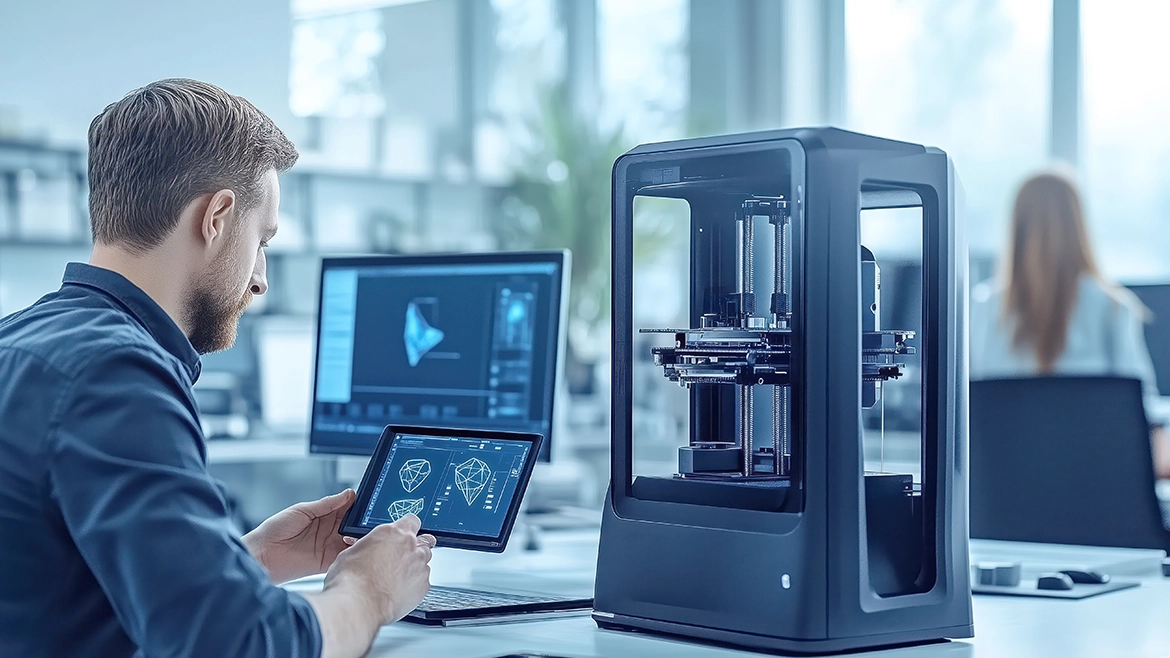Mass production is giving way to mass personalization. A new wave of technologies is enabling companies to design and manufacture products tailored to the individual, not just a demographic. This shift toward hyperpersonalization is redefining how goods are created, marketed, and delivered.
At the core of this movement is digital manufacturing. Tools like 3D printing, AI-driven design, and on-demand production systems allow companies to customize products without the delays or high costs once associated with small-batch manufacturing. Instead of building inventory in advance, producers can create items in real time based on user data, preferences, or even biometric inputs.
Industries are already adapting. In healthcare, wearable devices are being 3D printed to fit the exact contours of a patient’s body. In fashion, clothing can now be ordered to match body measurements, skin tone, and personal style. Even skincare brands are formulating products based on DNA testing and lifestyle habits. These examples show how personalization is moving beyond options and into the realm of unique, data-driven creation.
One major enabler is AI. Machine learning algorithms can interpret large volumes of user input to generate tailored solutions, be it for athletic shoes designed to match your gait or home furniture configured to fit an oddly shaped room. AI also supports dynamic pricing, packaging, and content, allowing companies to speak to customers as individuals rather than segments.
Hyperpersonalization also extends to the post-purchase experience. Smart devices can adjust themselves to suit your preferences over time. Some companies even offer subscription models that evolve based on customer usage, delivering new iterations that better match the person’s habits and goals.
While the appeal of “one-of-one” products is growing, challenges remain. Managing supply chains, ensuring data privacy, and maintaining consistency at scale are complex hurdles. Yet for many businesses, the trade-off is worth it. Hyperpersonalized products increase customer loyalty, reduce returns, and often command higher margins.
Manufacturing at the scale of one is no longer a futuristic concept. It is becoming a competitive standard. In this new landscape, the best products may no longer be the ones that fit everyone, but the ones that fit just one person perfectly.


